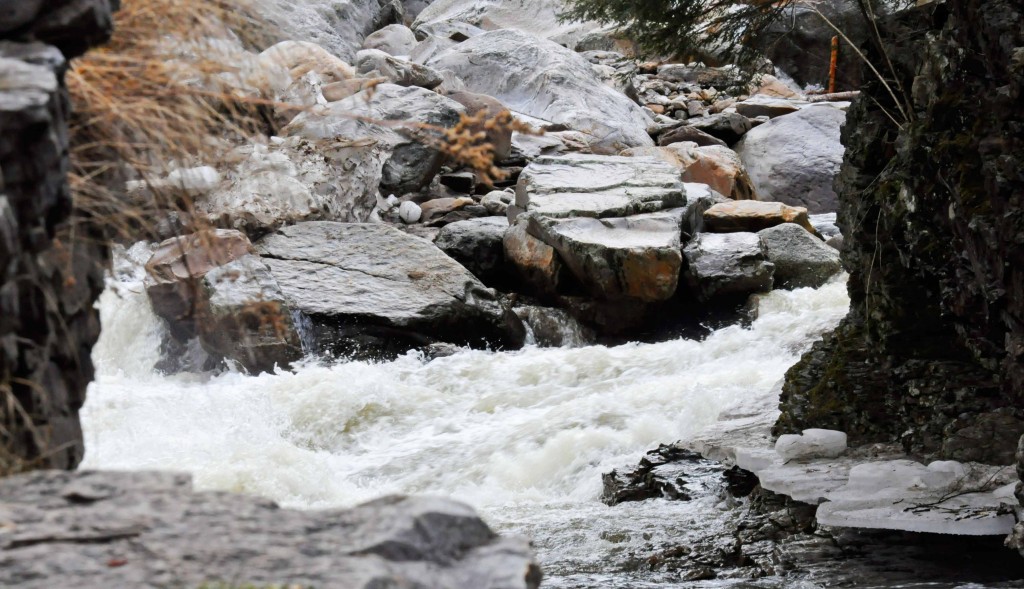The Vermont Department of Conservation (VT DEC) lists the Middlebury River as a Class B Cold Water Fishery that is suited for human uses including swimming, fishing and boating. The DEC has determined that the river is impaired by high bacterial counts along a two-mile impaired section near its mouth. Under Clean Water Act law, impaired waters must be cleaned up, whether through better land stewardship, stormwater management, or other measures.
Otter Creek Audubon River Watch, which has become folded into the Addison County River Watch Collaborative, began monitoring the Middlebury River in 1993. It became apparent in the mid-1990s that lower reaches of the Middlebury River, especially west of Route 7, had extreme pollution problems, the most acute being E.coli readings that sometimes exceeded state standards by ten or even twenty times.
In the late 1990s, a group of concerned citizens calling themselves the Middlebury River Watershed Partnership teamed up with the Otter Creek Natural Resources Conservation District to address pathogen levels in the lower Middlebury River. At the time there was strong concern that runoff from farm fields were polluting the river.


